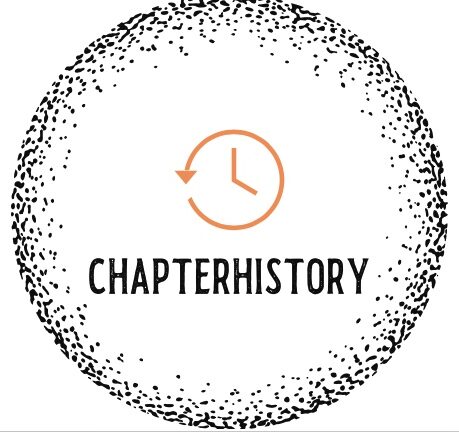(February 24, 1885- February 20, 1966): Plethora of stories related to World War II, innumerable contributions, uncountable losses, and so many Heroes of War. These stories are often incomplete with the mention of some particular leader like Chester Nimitz who came in and changed the scenario completely.
One such leader is Admiral Chester Nimitz. I am sure you must have heard of this eminent leader, as whenever we talk about the ‘Pearl Harbor Attack’ the story is considered incomplete without the mention of Chester Nimitz. How much informed are you about him?
Let us look into his life and his contribution to World War 2.
Who was Chester Nimitz ?
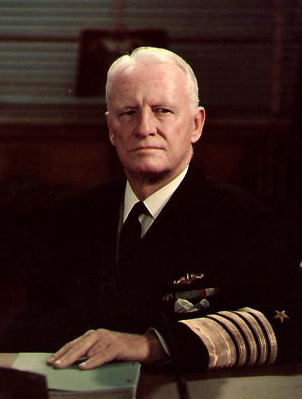
As the title of this article suggests, Chester Nimitz was a fleet admiral of the U.S Navy. His contribution in the naval history of the U.S and World war 2 as Commander in Chief, US Pacific Fleet and Commander in Chief, Pacific Ocean Areas, is commendable. He also commanded the Allied forces of air, land and sea during World War II. He led the US Navy authority on Submarines.
Chester Nimitz, a 1905 alumnus of the United States Naval Academy at Annapolis, served as chief of staff to the commander of the United States Atlantic submarine force during World War I, a tour of service that persuaded him of submarine warfare’s efficiency. He was the key creator of underway replenishment techniques in 1917, a capability that would allow the US fleet to operate away from post nearly forever throughout the Pacific War. He held various posts at the sea and shore.
In the year 1939, he was appointed as the chief of the Bureau of Navigation in the Navy. Later, from the year 1945-1947 he served Chief Naval Operations. Even after his retirement he continued to serve the Navy by contributing in building the world’s first Nuclear-powered Submarine. A lead ship of her class was named after him, ‘The USS Nimitz Supercarrier’.
Chester Nimitz schooling and Early Life
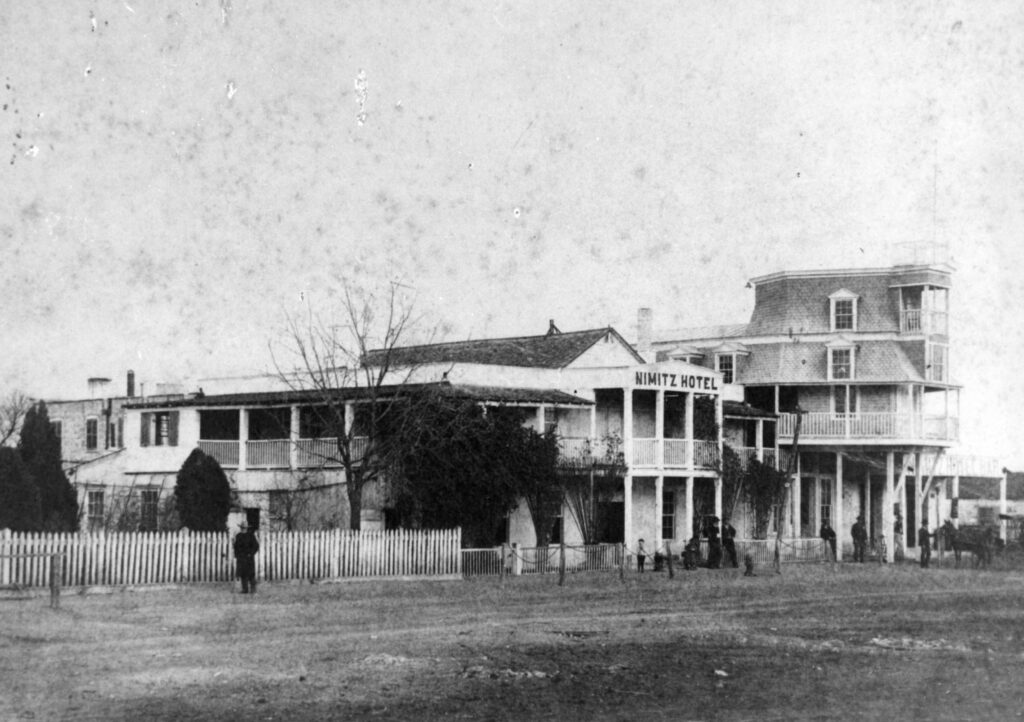
Chester Nimitz, was Texan born whose father had died before he was born. Chester was influenced by his grandfather, who was a seaman in the German Merchant Marine. Previously Nimitz tried to apply in West Point, as he wanted to join the army. In the year 1901, he could get into the Naval Academy from Texas’s 12th Congressional District. He had particularly appreciable aptitude in mathematics. He ranked seventh in his class among 114 students. Thus began his career at sea.
Military Career of Chester Nimitz
Back in 1908, he experienced the first set back in his career. While conning the destroyer USS Decatur, Chester Nimitz grounded the ship in the Philippines. After this he was court-martialed and issued a letter of reprimand. He was transferred to Submarine service in 1909. After a few promotions and schooling, he held the duty of Commander 3rd Submarine Division Atlantic Torpedo Fleet.
World War I
Nimitz was the chief engineer of the Maumee when the United States declared war on Germany in April 1917, and the ship served as a refueling ship for the first squadron of US Navy destroyers to cross the Atlantic and join the war. Maumee was in charge of the first-ever underway refuelings, which he oversaw. On August 10, 1917, Nimitz was appointed as an adviser to Rear Admiral Samuel S. Robison, Commander, US Atlantic Fleet Submarine Force.
The next year, he was appointed chief staff, winning him a Letter of Recommendation for his service. He completed his graduation from the Naval War College in 1922. After graduation he became chief of staff to Commander, Battle Forces.
World War II
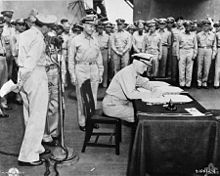
Chester was a skillful engineer. In between the wars Chester Nimitz wwii spent his time refueling improvements to the Submarines.
Promoted to the post of Rear Admiral in 1938, he was again transferred to become the commander, Battleship Division 1. When he came back to land in 1939, he was promoted as the Chief of the Bureau of Navigation. It was during this time of his service that Japan attacked Pearl Harbor, on 7th of December, 1941, an unforgettable day for all Americans. Chester arrived at Pearl Harbor as the Commander-in-Chief of the U.S Pacific Fleet. The then President Roosevelt, demanded Nimitz to assume the command of the devastated Pacific Fleet.
Throughout the War, Admiral Nimitz Chester used his submarine force to a great advantage, waging a successful campaign against the Japanese ships. In August, the Allied forces organized an invasion of Japan. With this invasion the Pacific War came to an abrupt end with the use of the Atomic Bombs on Hiroshima and Nagasaki. Nitmiz was sent to receive the Japanese Surrender, as the member of the Allied delegation. He became the second Allied leader to sign Surrender. Nimitz was signing the Surrender as the representative of the United States.
Chester’s Later Life
After the war ended, Chester W. Nimitz assumed the position of chief of Naval Operations (CNO). During the tenure of two years, Nimitz worked on restoring peace in the US navy. He produced an affidavit in defense of using unrestricted submarine warfare during the Nuremberg Trial of German Grand Admiral Karl Doenitz in 1946. Due to this reason he had to face a short prison sentence. Nimitz was appointed to the position of Special assistant of the Secretary of the Navy in the Western Sea Frontier in 1948. During this period in University of California, he helped organize fundraising for the Battleship Mikasa.
Death of Chester Nimitz
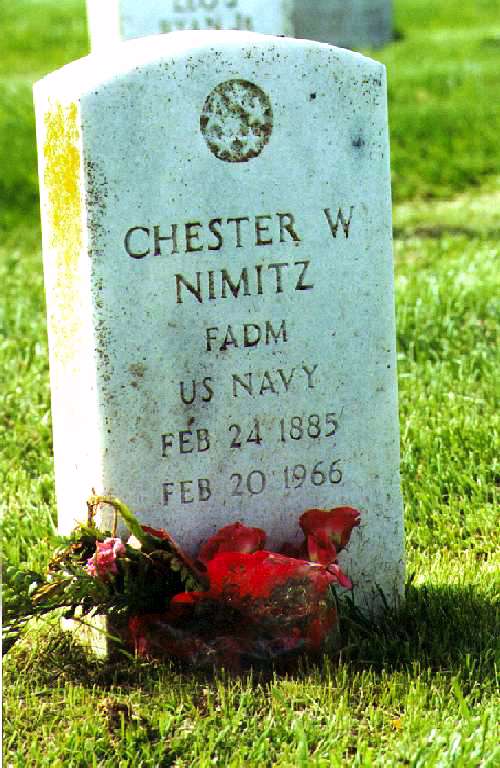
In 1965, Nimitz had a stroke which escalated into pneumonia. After returning home he died on February 20, 1966.
His body now lays at the Golden Gate National Cemetery, along with his wife.
Despite building a strong and remarkable career for himself, Chester Nimitz was believed to be courteous, soft-spoken and calm minded. His leadership capability was considered to be his greatest gift. His courage, strategic thinking and dedication to his work makes him one of the most important people responsible for the Allied victory in the Pacific. He is an inspiration for all the generations to come.
